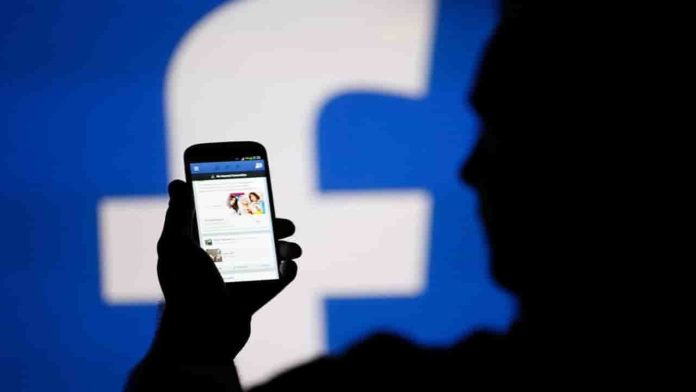By Sahil Agrawal
The Supreme Court’s recent decision on hate speech once again highlighted India’s hate speech problem. A bench of justices led by KM Joseph and BV Nagarathna stated after hearing a number of cases exposing governments’ failure to take action against hate speech directed at Muslims and Christians: “This is a complete menace and nothing short of it. We should all be careful about the seriousness of hate speech… We should not end up creating a Frankenstein’s monster that will gobble (us) up.”
The Indian Penal Code contains several sections that outlaw hate speech because laws against it are intended to prevent discord among India’s many communities and inhabitants. Hate speech is defined as words that denigrate or demean a group of people based on their race, caste, gender, religion, or other traits. However, hate speech laws are proving ineffective. According to statistics, there has been a 490% spike in hate statements by citizens, the bulk of who are politicians, since May 2014.
While hate speech is being propagated in India in a number of different ways and forms, algorithms are the least discussed and fastest-growing form of it. So how is hate speech possible by social media algorithms?
The evil of discrimination and demeaning others in India is almost as old as the gods. In this evil, humans have always attempted to impose superiority and pain on others by their birth. But in modern times, the effort of humans has been reduced by using algorithms. Now algorithms can depict some humans as superior in society and attempt to impose superiority and misery on people. The primary cause for this behaviour is the employment of recommender system algorithms. This system’s job is to determine what material visitors interact with and view. These algorithms are driving prejudiced people to extreme bias by offering them videos, posts, and discriminatory political adverts. Big platforms are doing this to gain more and more profit from a particular user’s increased engagement. This results in the frequent occurrence of hate speech in India.
Some people in India believe that Pitamah Bhishma was the person who caused the entire Mahabharata as he had the authority to end the conflict and undo the wrongs that Duryodhana had committed; but he chose not to do so due to a commitment. In the modern world, online platforms are no different.
For example, consider Facebook. A report on Facebook India that was published in 2019 discusses posts that contain hate speech. It claims that 93% of all hate speech postings flagged by Facebook are still there. Like Pitamah Bhishma, Facebook also has sufficient power to undo the wrongs committed by its user in the form of hate speech. However, due to unequipped algorithms, it cannot exercise its power.
Due to Facebook’s algorithms only functioning in a few languages, not all hate speech on the site is treated equally. The issue is made worse by India’s diversity, which includes more than 1.2 billion people and over 800 different languages. Only four of India’s 22 recognised languages—Hindi, Bengali, Urdu, and Tamil—are reportedly covered by Facebook’s algorithms. Roughly 25% of Indians do not speak at least one of these four languages or English, and about 38% do not speak one as their first language, according to Time’s study of the 2011 Indian census.
So, the question that follows is: What if someone posts hate speech in their local language? The short answer is that algorithms will not be able to find it. In 2019, the Assamese-speaking, predominately Hindu majority in Assam was engaged in a hate campaign against the Bengali-speaking, predominately Muslim minority. This has been documented by the global advocacy group, Avaaz.
At that time, Facebook could not combat hate speech as its algorithms could not recognise hate speech in Assamese. On a similar note, there have been incidents in the northeast where locals waged war against Rohingya Muslims through hate speech on various online platforms. However, the platforms were unable to stop it because they were posting abusive content in local languages that were unidentified by the algorithms of the platforms.
There were even pages on Facebook that include unpleasant content regarding persons from the Scheduled Castes. There were also posts with manipulated images of Dr BR Ambedkar in abusive casteist memes and messages. However, due to a lack of cultural context, Facebook’s algorithms do not consider words like “bhangi” and “chamaar” to be offensive, causing these posts to remain on social media for an extended period.This issue exists not only with Facebook, but also with other major online social media platforms.
It is a high time social media intermediary guidelines, 2021, are put into effect in their entirety and spirit. If done correctly, online platforms will be hesitant to use recommender system algorithms to generate revenue because, if they do not abide by the guidelines, penalties will be imposed on them. Also, online platforms should increase their budgets to increase the capacity of local researchers and linguistic experts creating open source datasets in marginalised languages. This will help curb hate speech on online platforms in local languages and provide algorithms with enough data on local languages.
—The writer is a student of Dharmashastra National Law University, Jabalpur


